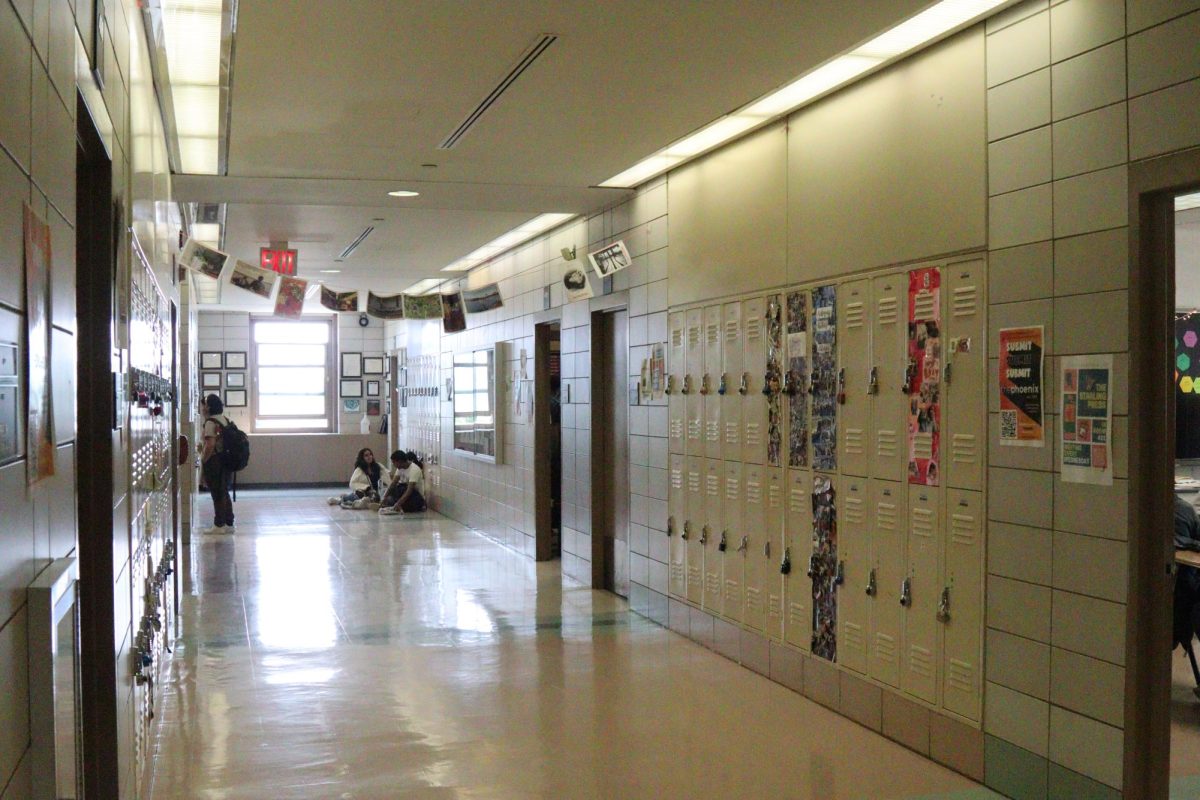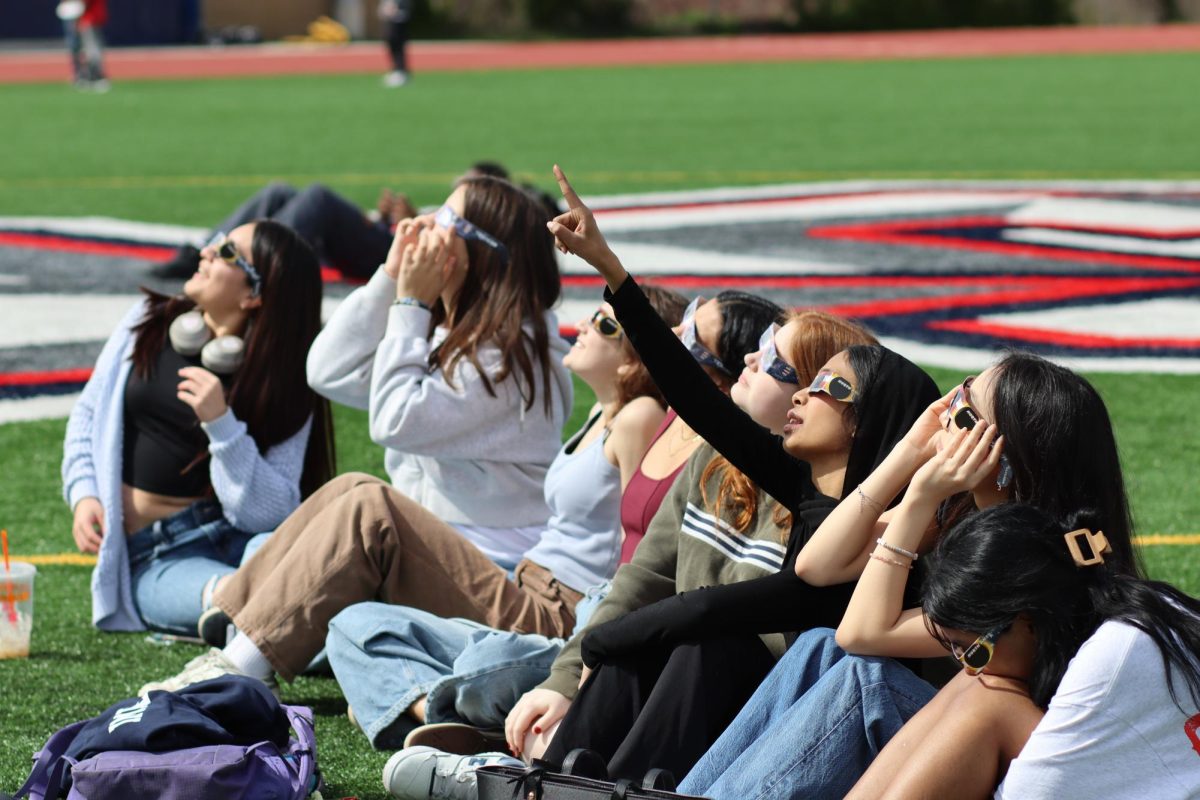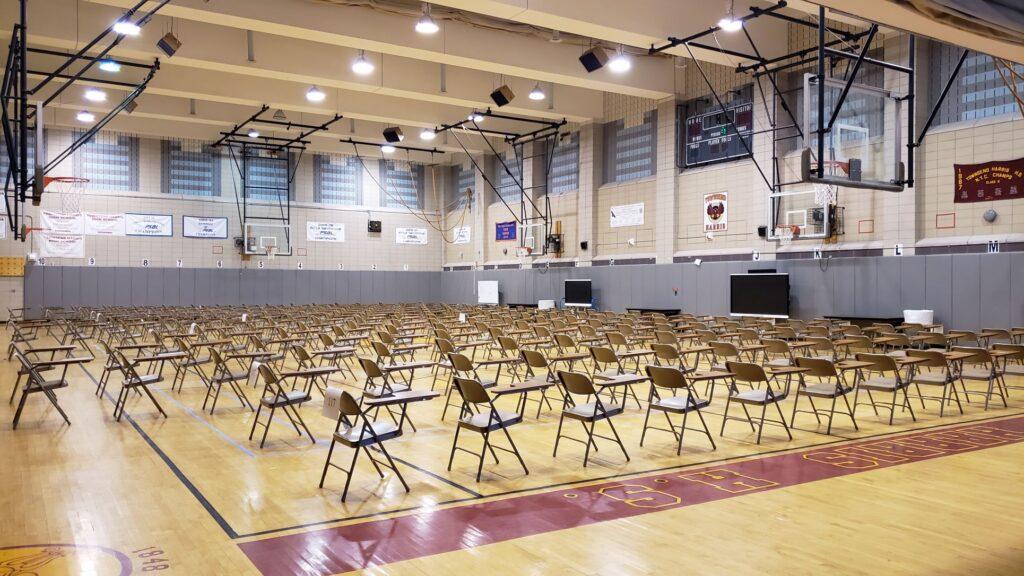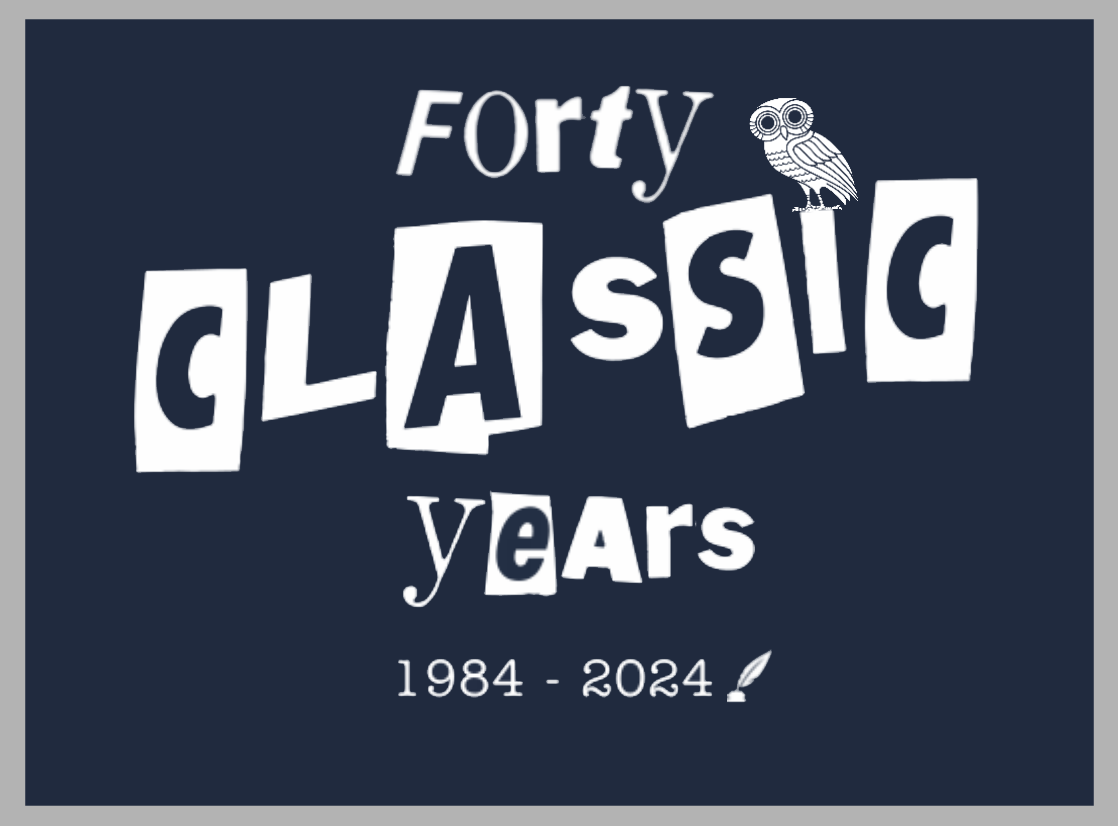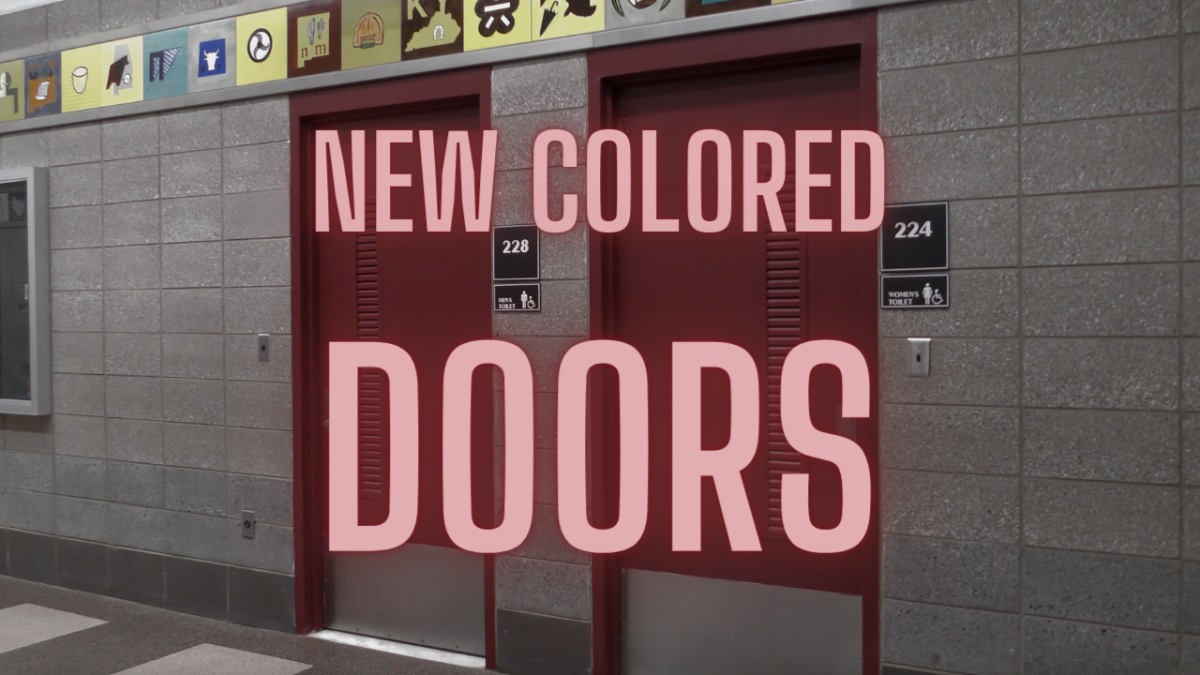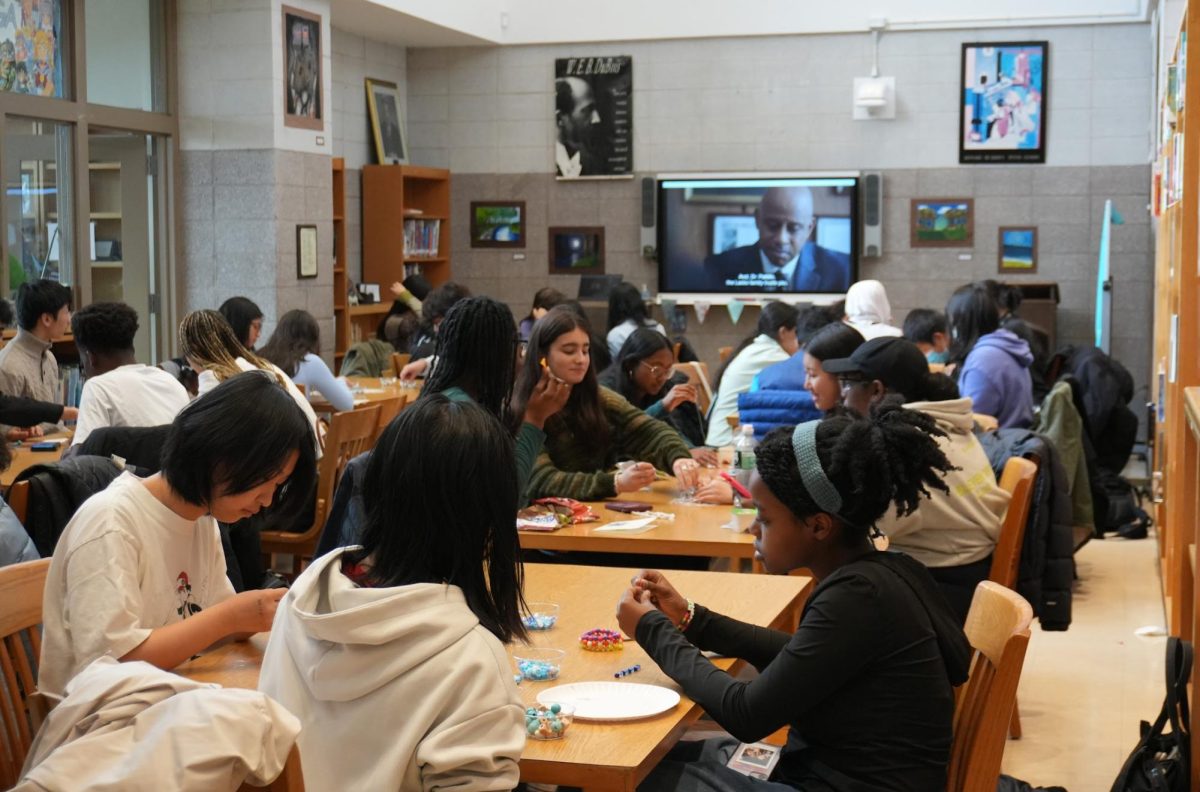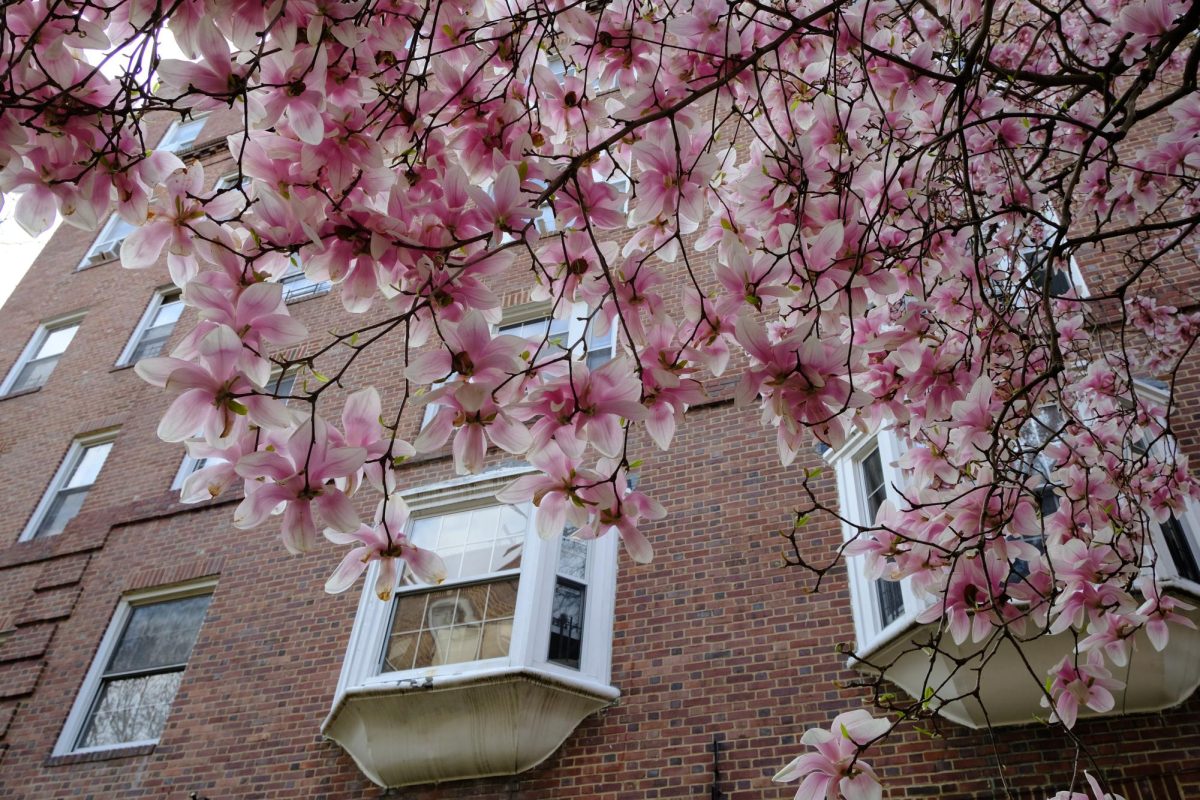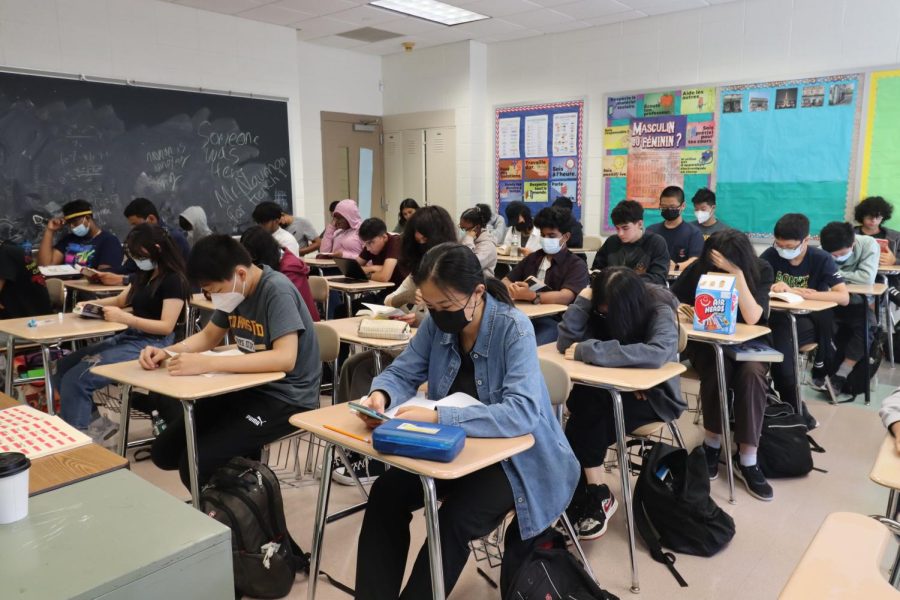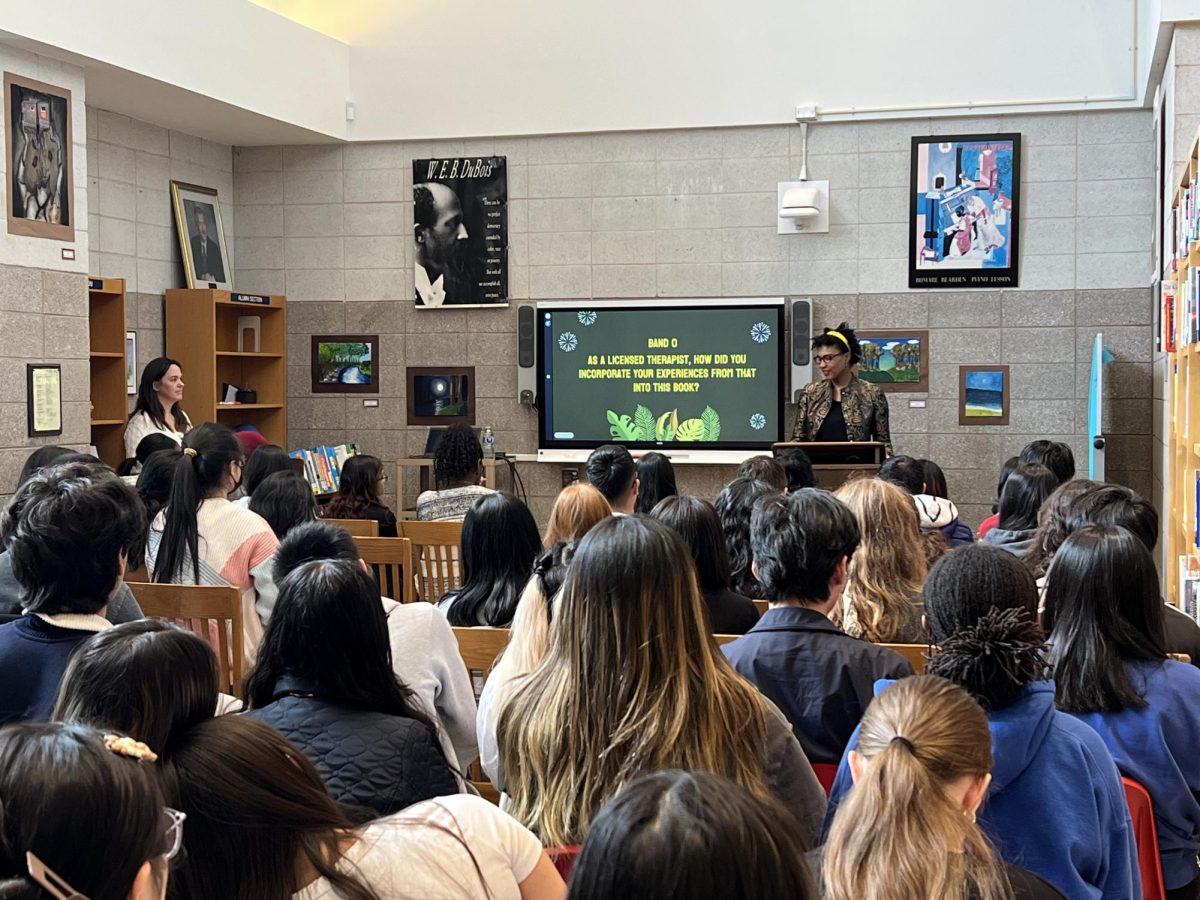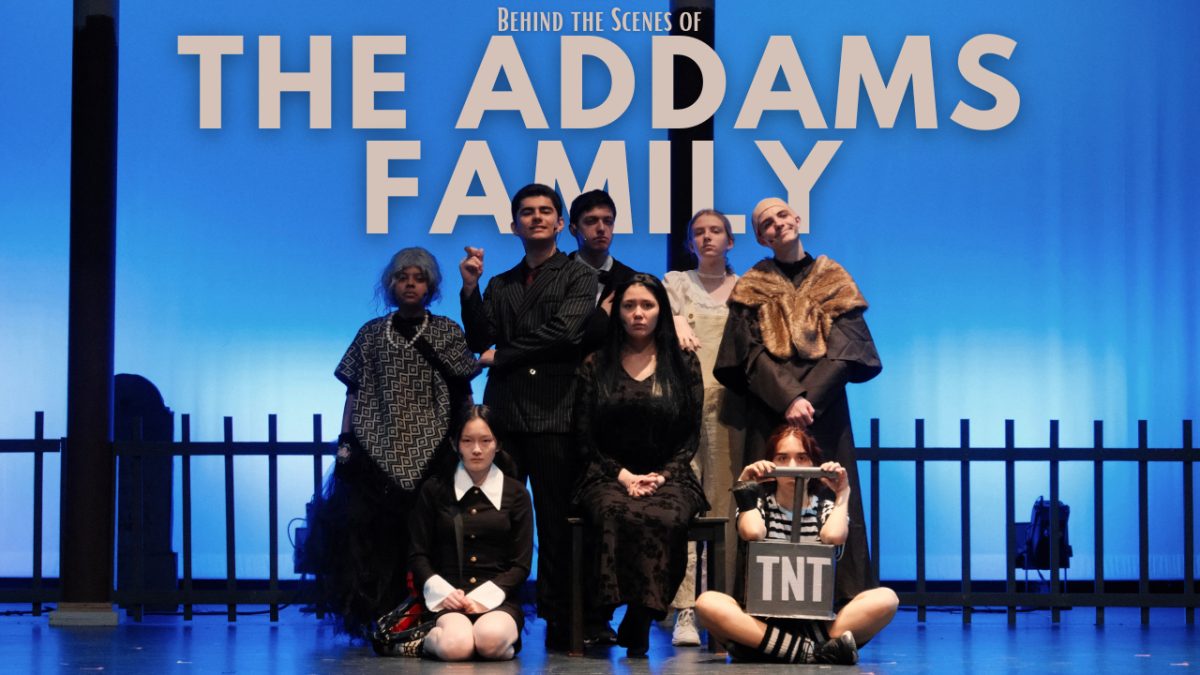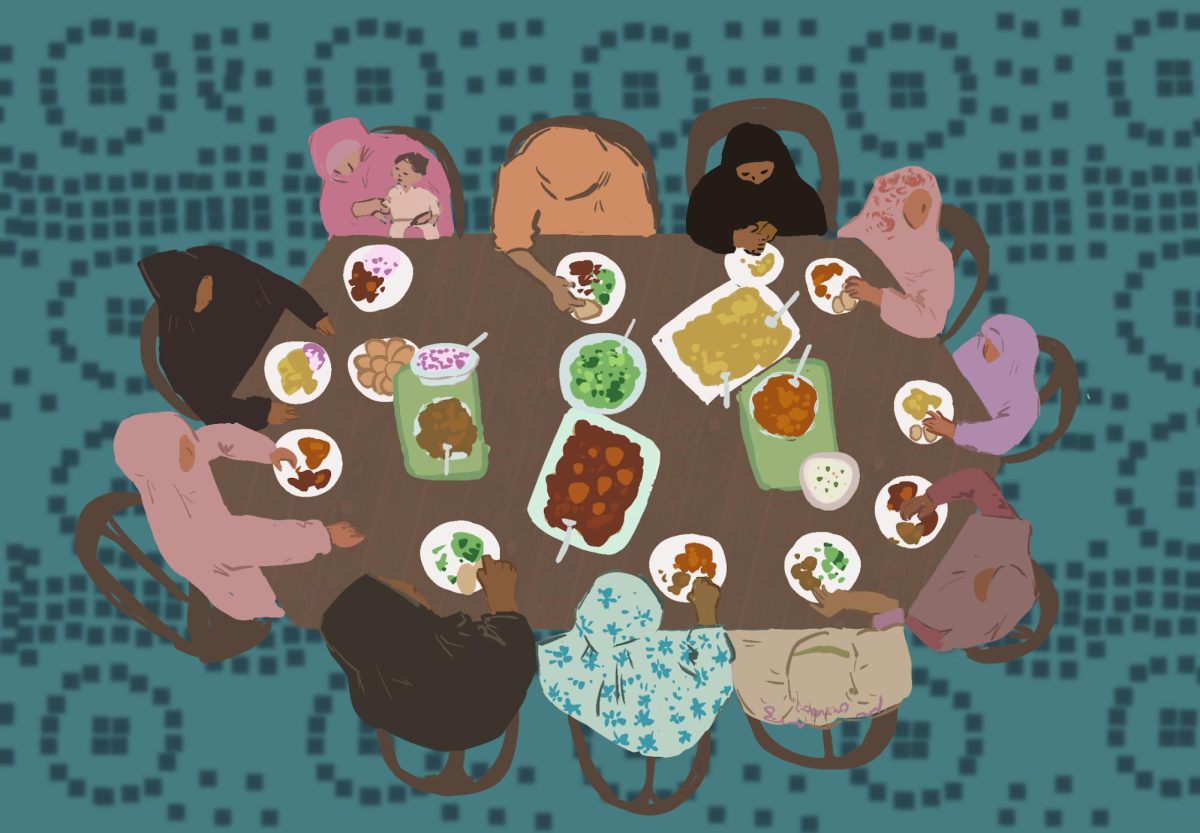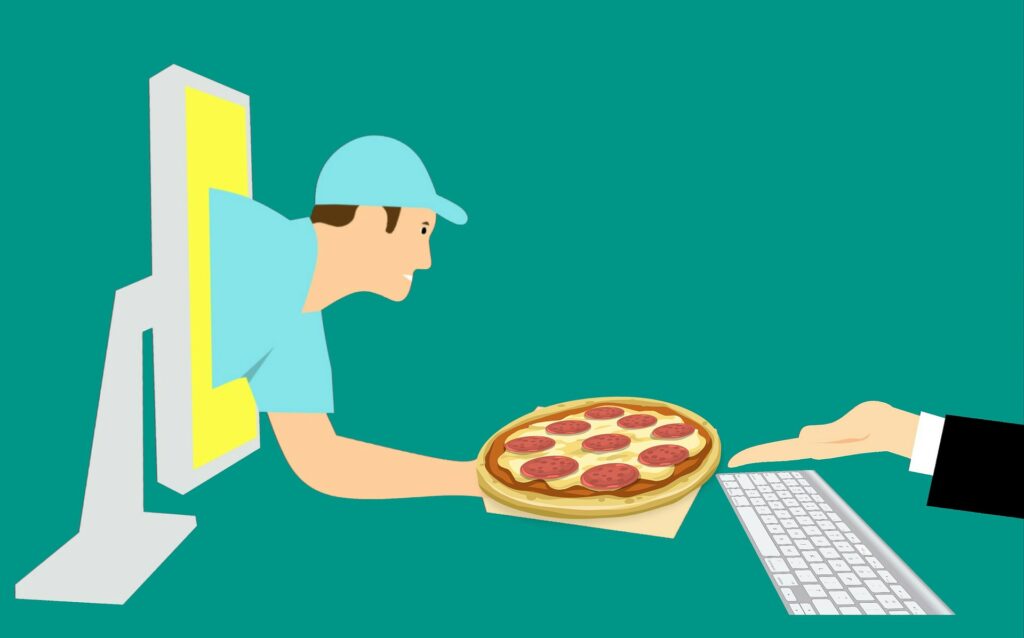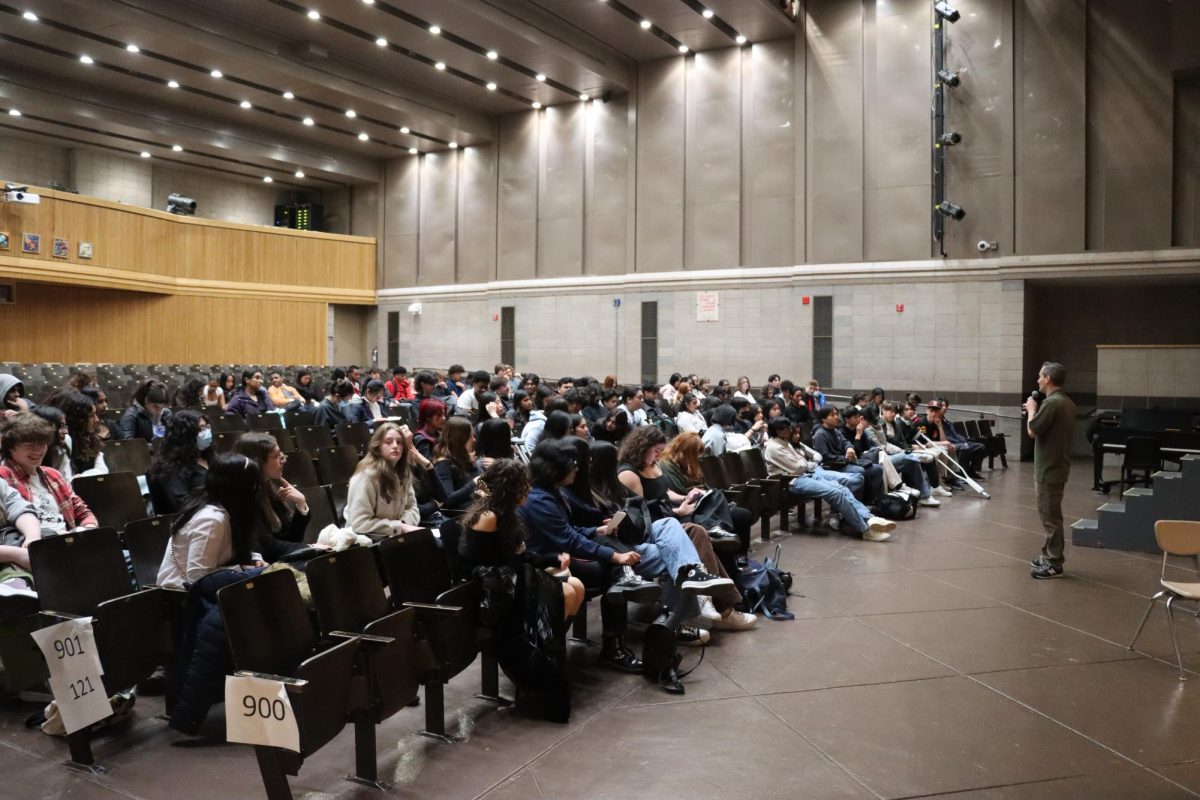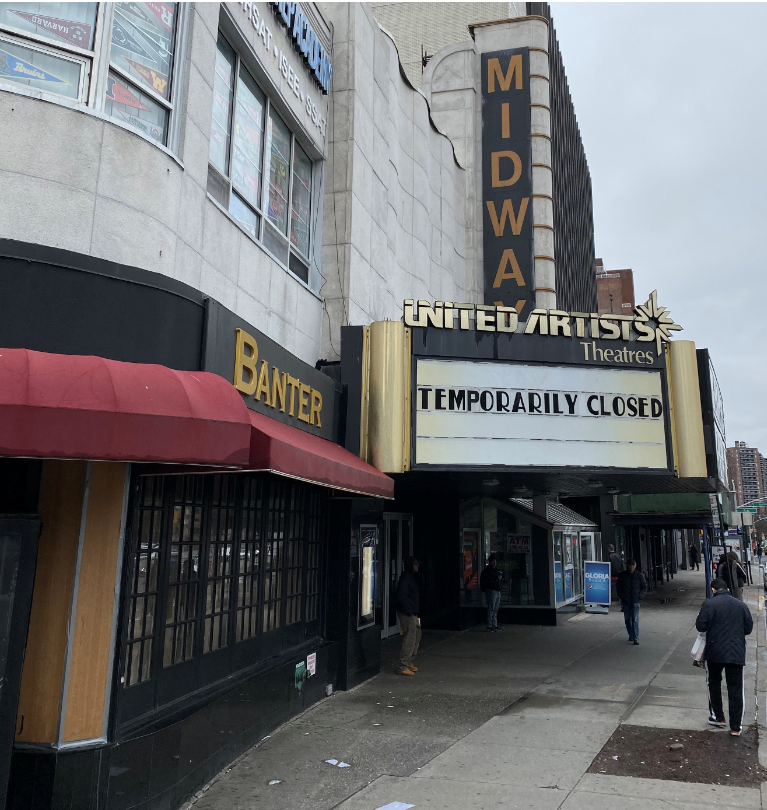
Now over one year since the COVID-19 lockdown began, much has certainly changed. Looking back on a year of change for Townsend Harris students, we can’t help but think of the losses so many have suffered, while still recognizing the resilience and hope out there. It feels like a lifetime since our in-person Festival of Nations, a celebration of the diversity in the THHS community that is a highlight of the year for many students. Last year’s event served as one of the last times students, faculty, and families joined together before the shutdown.
As FON aims to celebrate many of the cultures represented within the THHS student body, now is a time to also reflect on how we all also come from different parts of New York City.
Though The Classic usually tells the stories of what occurs within the halls of Townsend Harris, those halls have expanded well beyond Melbourne Avenue in the past year as our city became the epicenter of this global pandemic. And so, we are beginning a series of articles meant to highlight the various pockets of the city that our student body has taken refuge in since March 2020. Our first story is about Forest Hills, and how a graduate of Townsend Harris worked with a number of friends to help preserve the once thriving food culture at the heart of the community.
Pizza in the pandemic: a David and Goliath story
By Samantha Sestak, Julia Maciejak, Editor-in-Chief and Managing Editor
On a Friday afternoon, Gino’s pizzeria on Kissena Boulevard would normally be packed with hungry students cramming into tight booths, seeking nourishment and a place to recharge after yet another exhausting week of rigorous schoolwork and time-consuming extracurriculars. A year into the pandemic, however, tables are now vacant – a somber reminder of the grim toll the pandemic has taken on small businesses, especially Mom & Pop pizzerias.
According to Gino’s manager, business is down 65 percent as school sporting events, dance recitals, graduation ceremonies, and more, which previously accounted for at least half of business, are virtually non-existent. With its normal staff of seven reduced to four, Gino’s, like many locally owned pizzerias run by families and a few employees operating out of scruffy storefronts, is working hard to cope with declining customer volume and dramatic revenue loss.
Meanwhile, at a Domino’s store located just 2.5 miles from Gino’s, a constant stream of delivery keeps business booming. As one of the 6,335 Domino’s outlets in the U.S., 20 of them in Queens, this outlet draws on the resources of a global chain that has taken the biggest slice of the U.S. pizza market, resources that Mom & Pop pizzerias could only dream of. Headquartered in Ann Arbor, Michigan, Domino’s produces an annual revenue of about 3.2 billion dollars. During the pandemic, Domino’s has seen a 30 percent increase in income, its sales growing 5.5 percent greater in the second fiscal quarter of 2020. The inequality so starkly highlighted by the pandemic applies to the world of pizza as well.
The main ingredient in Domino’s success during the pandemic has been its delivery services. It is estimated that delivery accounts for 80 percent of Domino’s business whereas in-person customer service accounts for roughly 80 percent of business at Gino’s. With New Yorkers aiming to reduce in-person contact, the customer journey has largely shifted online, leading delivery demands to skyrocket. Domino’s has benefitted from this shift by taking advantage of its popular digital delivery service. Domino’s was the first pizza chain to develop its own mobile delivery app, Pizza Tracker, which allows customers to place orders and alerts them when their order is out for delivery. Thanks to the Pizza Tracker, Domino’s charges its franchise $0.25 per order instead of relying on third party services like UberEats and DoorDash which charge roughly $2 per transaction.
Gino’s, by contrast, initially relied on food delivery platforms that demanded a staggering 35 to 40 percent of its business revenue, which Gino’s manager called “highway robbery.” Although Gino’s has tried to improve business by advertising its delivery service through promotions, including reductions in price, the lack of dine-in customers has left them struggling to break even. Many customers don’t want to interact with the delivery workers let alone come into the restaurant, leaving notes for them to just drop their orders at the doorstep. That Gino’s is able to stay in business at all is due to the 50 percent reduction in rent that its landlord granted.
During a time when in-person visits are a last resort, the Domino’s outlet just 15 minutes away from Gino’s already has an inherent advantage as part of a multinational chain with immense technological resources. Domino’s doesn’t just benefit from a good delivery model, its system is set up in such a way that consultants know where to place stores for the customer, the market, and even for delivery. For years, Domino’s has taken advantage of cloud kitchens, restaurants built around food delivery rather than sit-down service. Store locations are chosen based on their proximity to the best delivery routes while local pizzerias, like Gino’s, seek out locations in bustling areas with tremendous foot traffic despite the higher real-estate costs.
The success of multinational pizza chains like Domino’s is a parable for what is occurring in our economy at large. While one-third of small businesses in New York City are set to close for good, populating once booming streets with closed signs and chained-off storefronts, concerns linger over what will come of one of Townsend Harris’ most popular hangout spots.
Although online delivery has proved to be an effective alternative for people cautious about the pandemic, it cannot replace the value of personal interaction. Townsend Harris students have voiced concerns about the lack of social connection during the pandemic and with quick vaccine rollout increasing the likelihood of a return to in-person school in the fall, more students will crave flocking to Gino’s with friends. As much as large industries like Domino’s possess the technological power to make them well-positioned for the future, Gino’s has a key advantage – the desire for human connection. After school on a Friday afternoon, students are not going to want their pizza delivered – they will want to be with friends and talk over the week’s events. This is where Gino’s – the David to Domino’s Goliath – has the edge.

